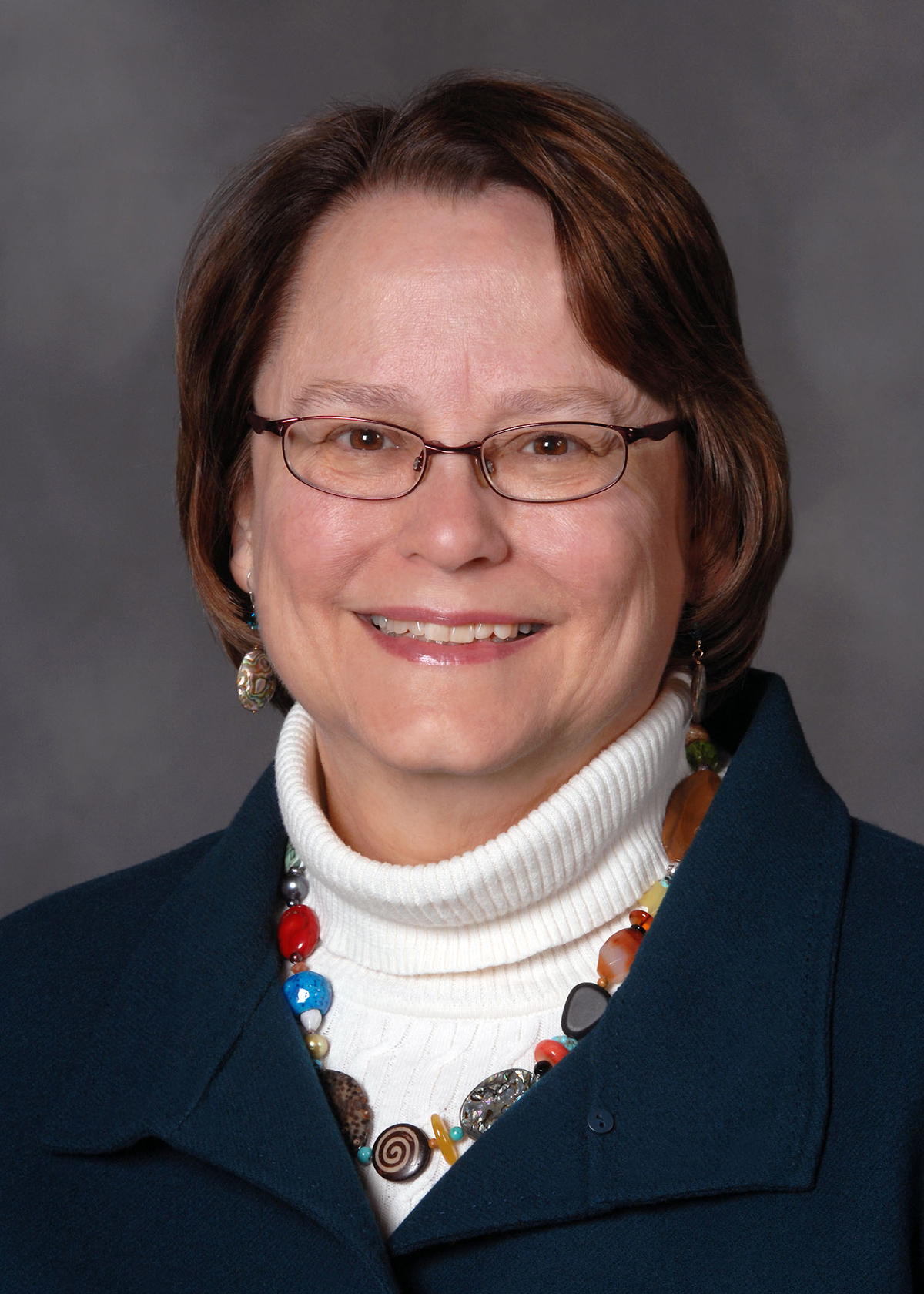When Harold Knowles entered Leon High School — the only white public high school in the county — in 1963, he didn’t use the bathroom or eat lunch in the cafeteria for two years.
“Most places were not violent, but the struggle was similar to this one,” said Ann Schierhorn, a professor emerita of journalism and mass communication at Kent State University.
Falling in line with Week Five’s theme, “The Supreme Court: At a Tipping Point?,” Schierhorn will present “They Led the Way” at 12:30 p.m. Thursday in Smith Wilkes Hall. The education project details the aftermath of Brown v. Board of Education as four African-American students stepped foot into the all-white Leon County public schools in Tallahassee, Florida, within that same year.
That decision extinguished the county’s segregated school system during one of the defining years of the civil rights movement. By the time Leon High School was integrated, nine years had passed since Brown, and 100 years had passed since the Emancipation Proclamation.
Completed in 2013, “They Led the Way” acknowledges the efforts of eight African-Americans who were among the first to integrate white schools and celebrates their accomplishments, complemented with images by photojournalist David LaBelle.

Of the eight students, five earned law degrees. One serves as a physician in suburban Atlanta; another went on to become the first black woman to make partner in a major law firm in Florida. Either way, they all attribute their success to the quality of their education, Schierhorn said.
“They have come away with an appreciation for going to a school that was desegregated because they got to understand and work with people who were not just like them,” she said.
Being first was not devoid of challenges. Growing up, Mahlon Rhaney Jr. was taught to “filter out” racism, responding instead with knowledge and character. Having a filter meant “a little bit more ability to withstand troubles” from his peers, who taunted him with enough name-calling that he began his freshman year of high school eating lunch behind the gym to avoid other students. At the time, a filter was merely a protection for a black child in the same way parents teach their children how to talk to police officers, Schierhorn said.
“It was a concept that had never been articulated to me as a child, and I thought how useful that is for anyone to have a filter,” Schierhorn said.
The completion of “They Led the Way” arrived only a year before the riots that erupted in Ferguson, Missouri, after Michael Brown was fatally shot by Darren Wilson, a white police officer.
“I felt that it was quiet on the surface, but I didn’t think things were quiet underneath in our country,” Schierhorn said. “I felt like we needed to address (desegregation). We need to know what’s happened in the past and have an understanding.”
In the end, Schierhorn also thought about her adopted Korean-American daughter, Karen, and what it would be like to explain the circumstances to her — considerably more when she asked what school she would have attended in segregated times.
“That was a real revelation to me that schoolchildren can’t really imagine what it was like,” Schierhorn said. “I think when you tell a story in human terms, you can reach people.”




